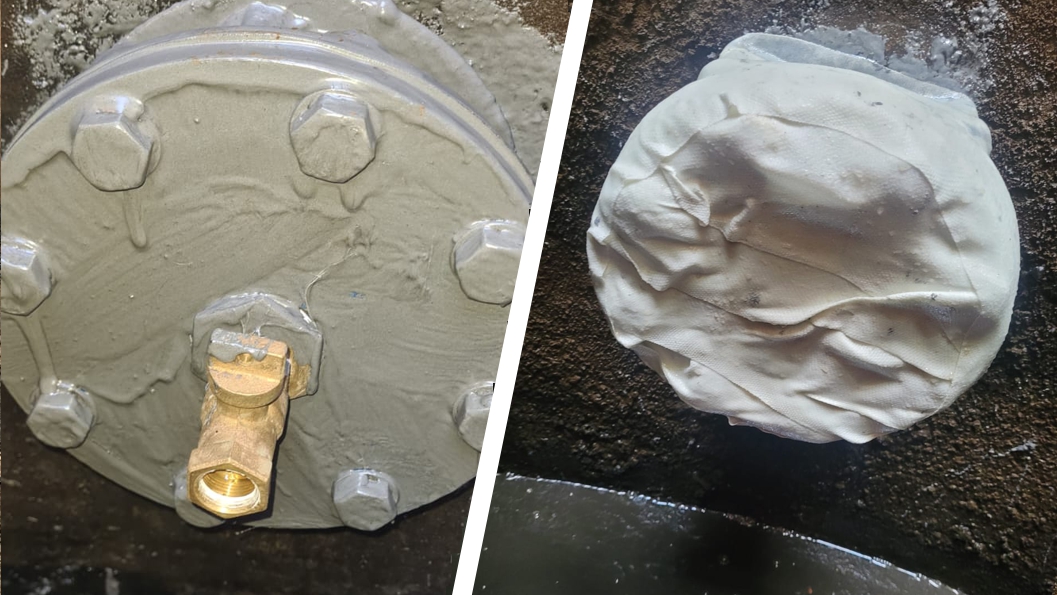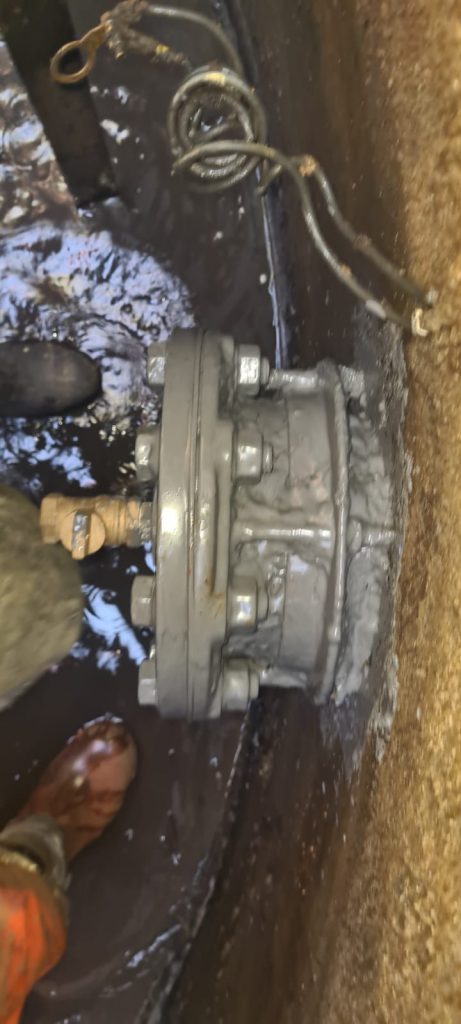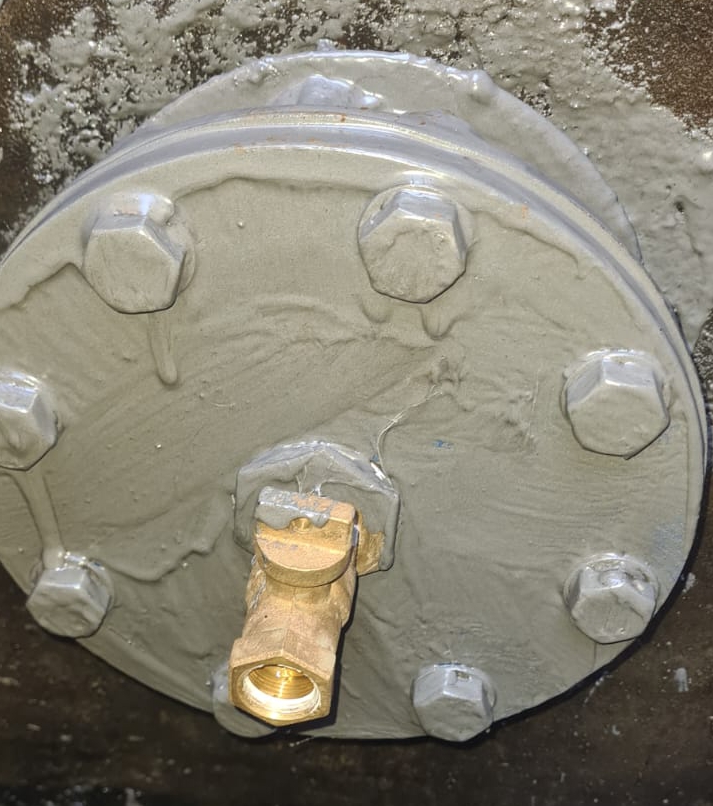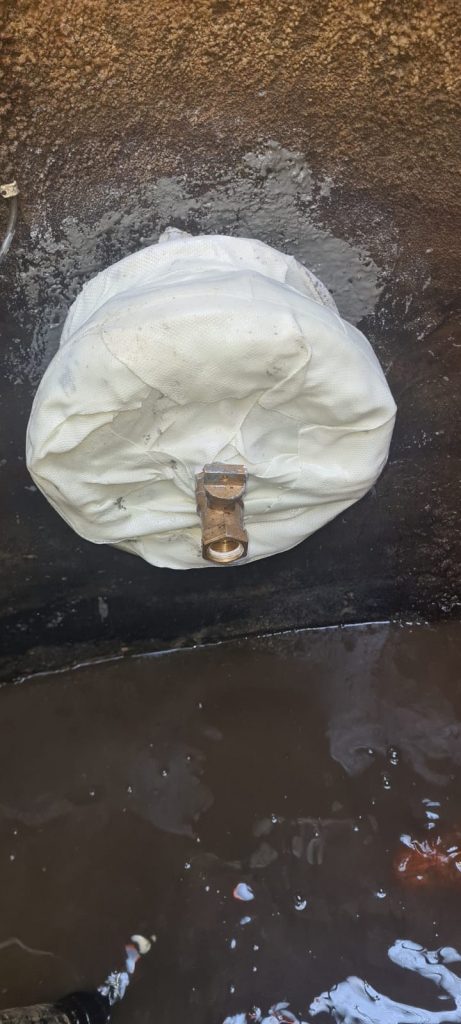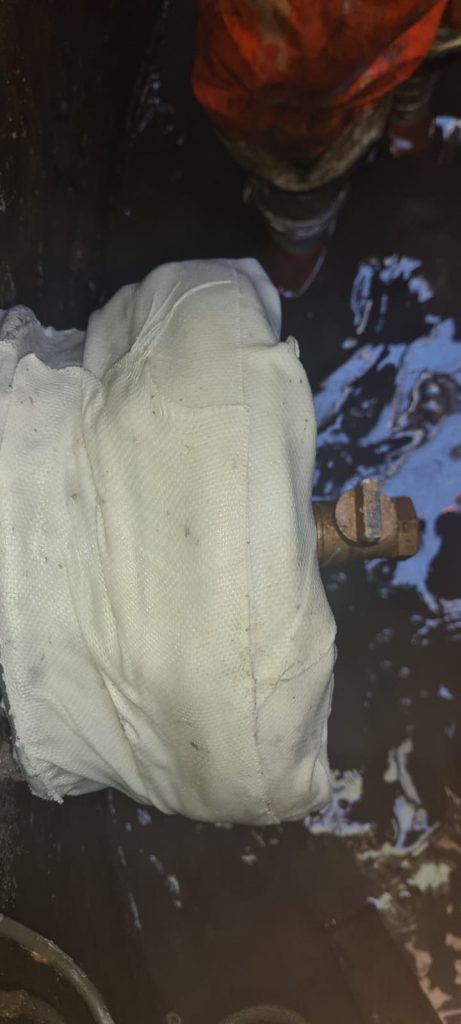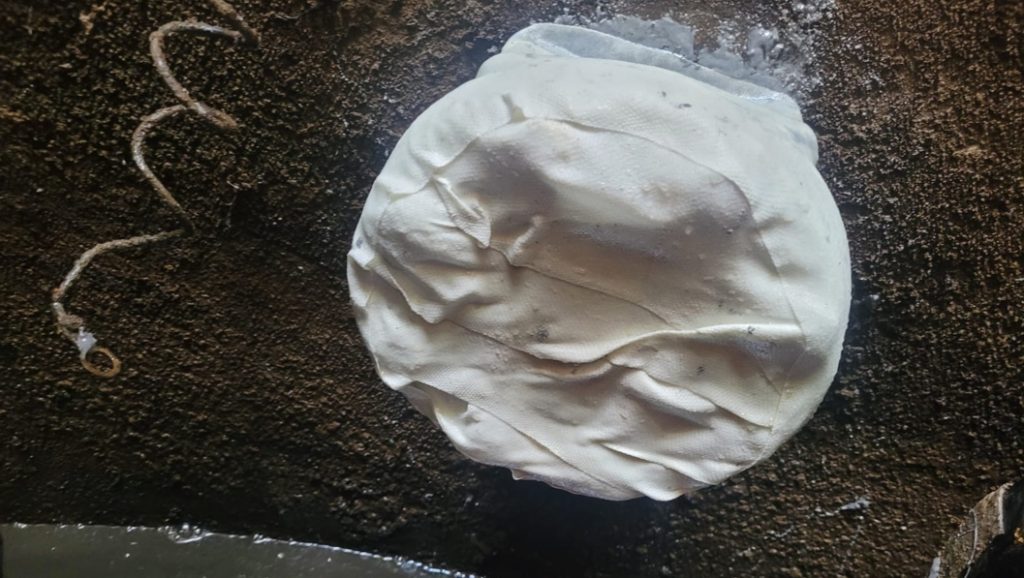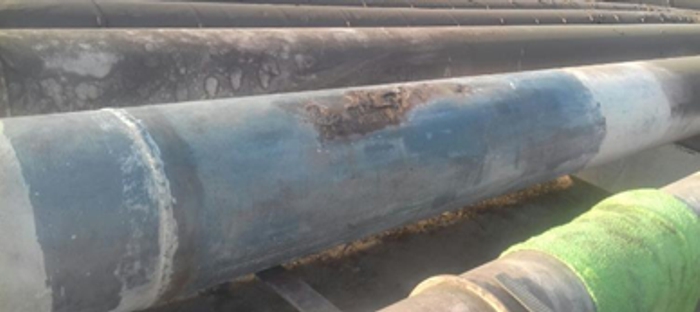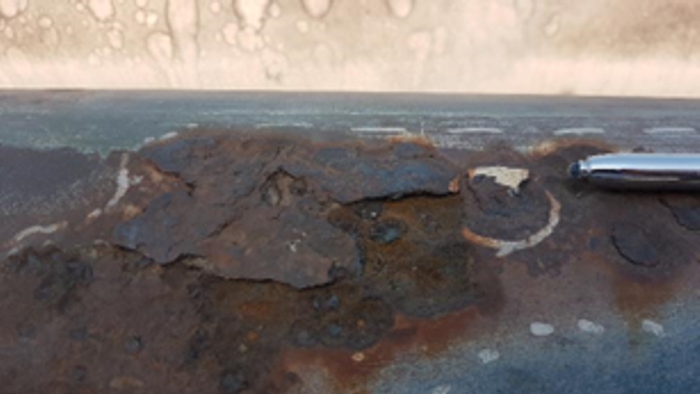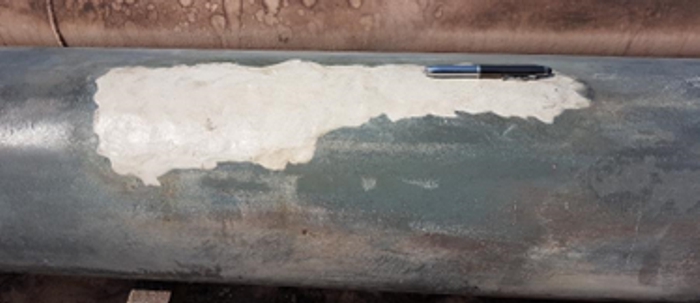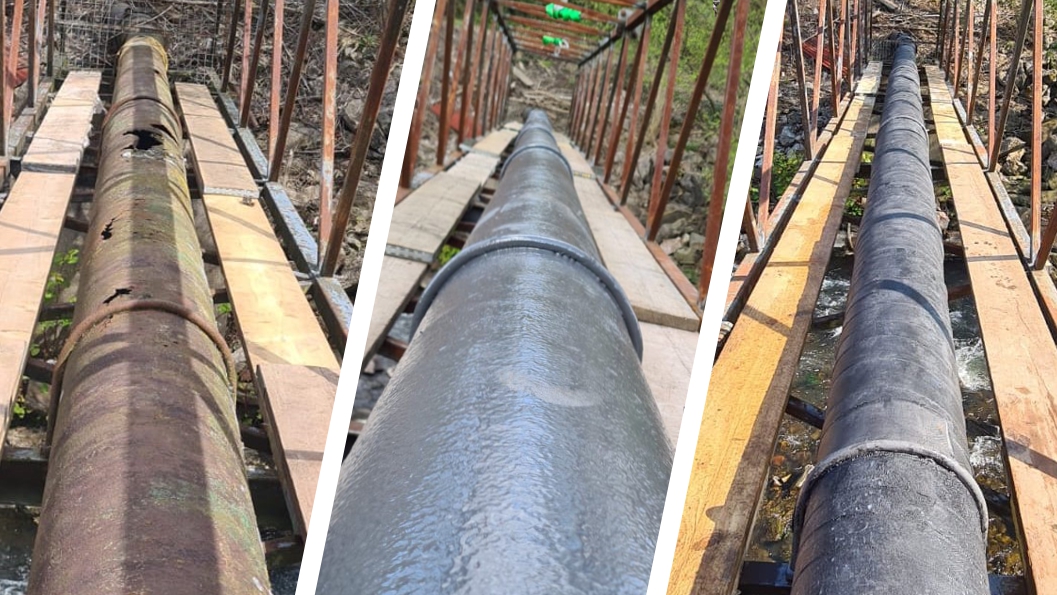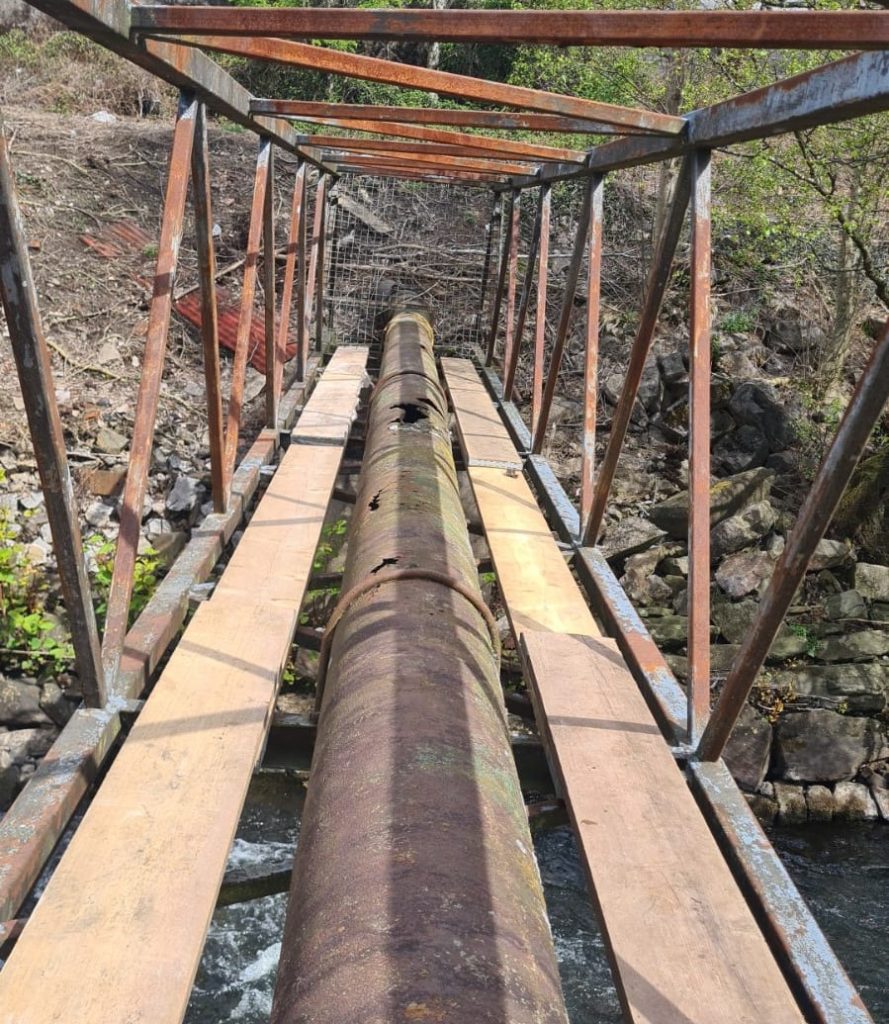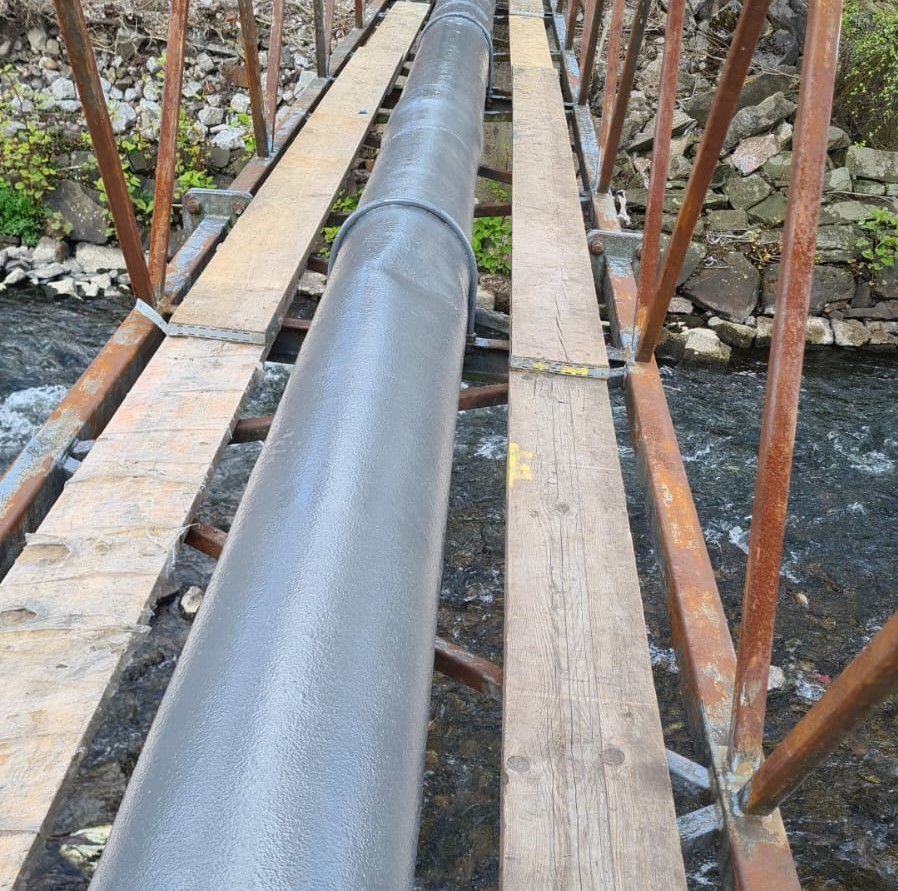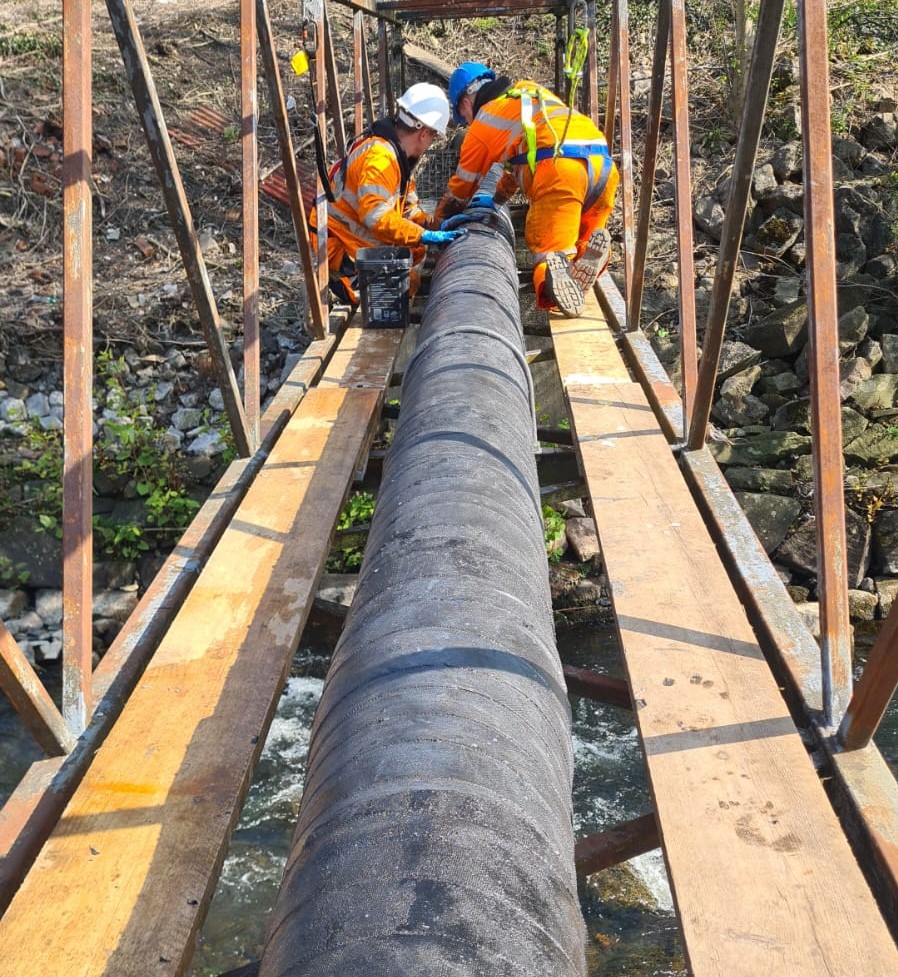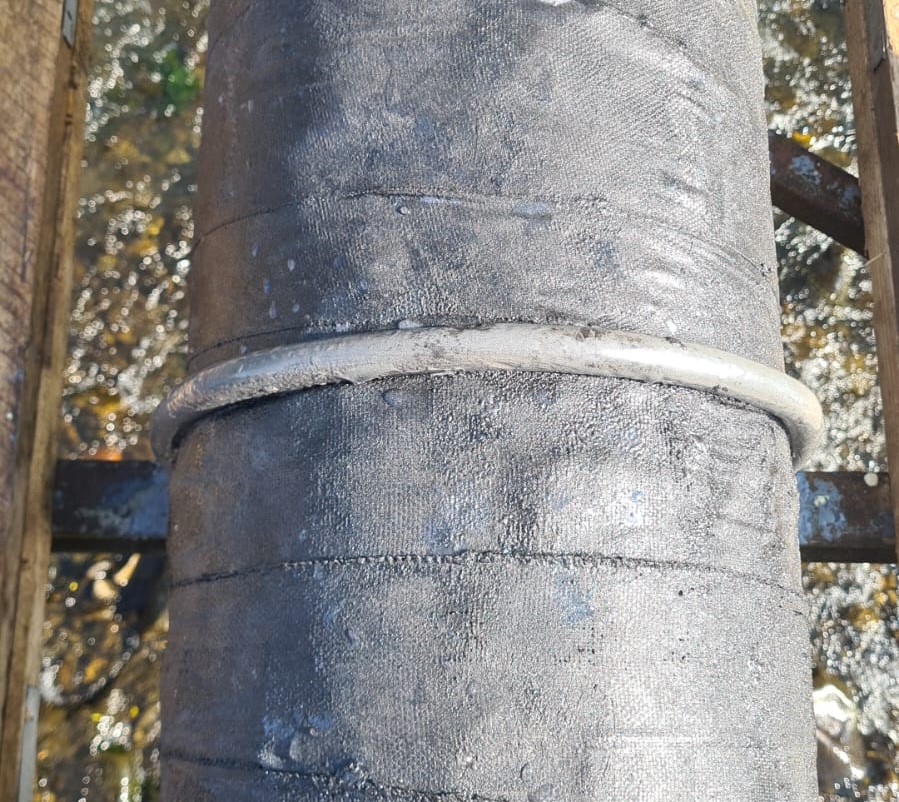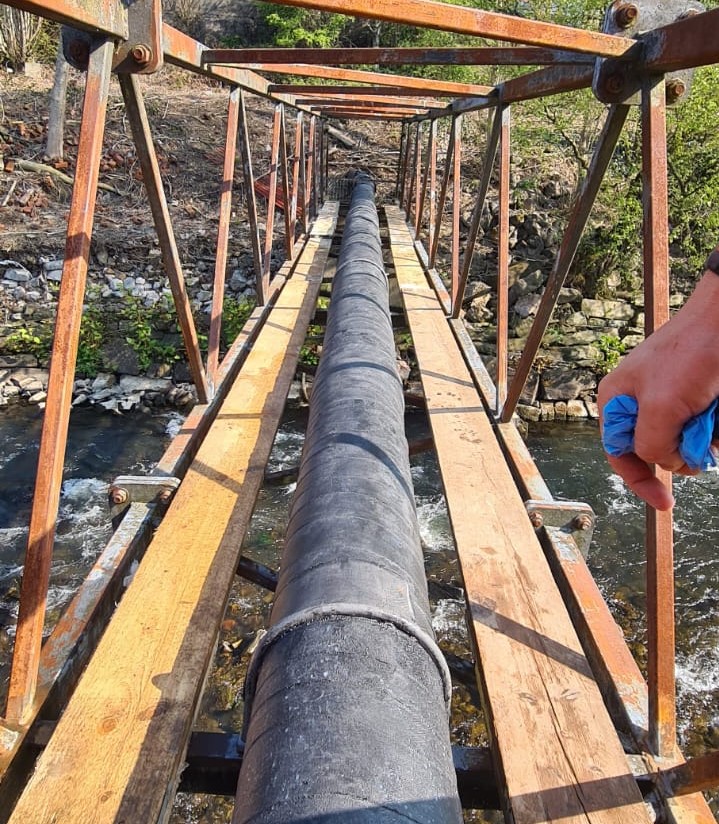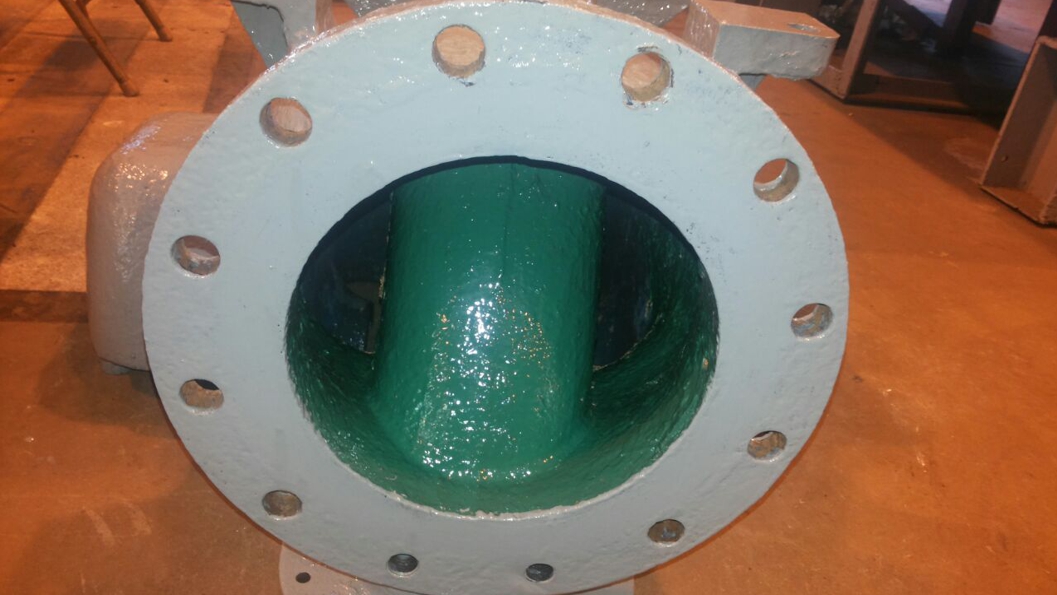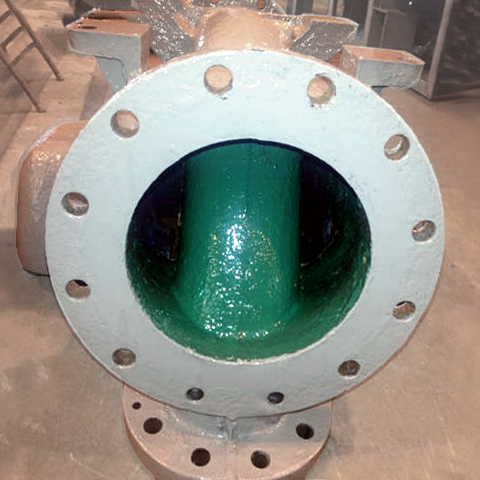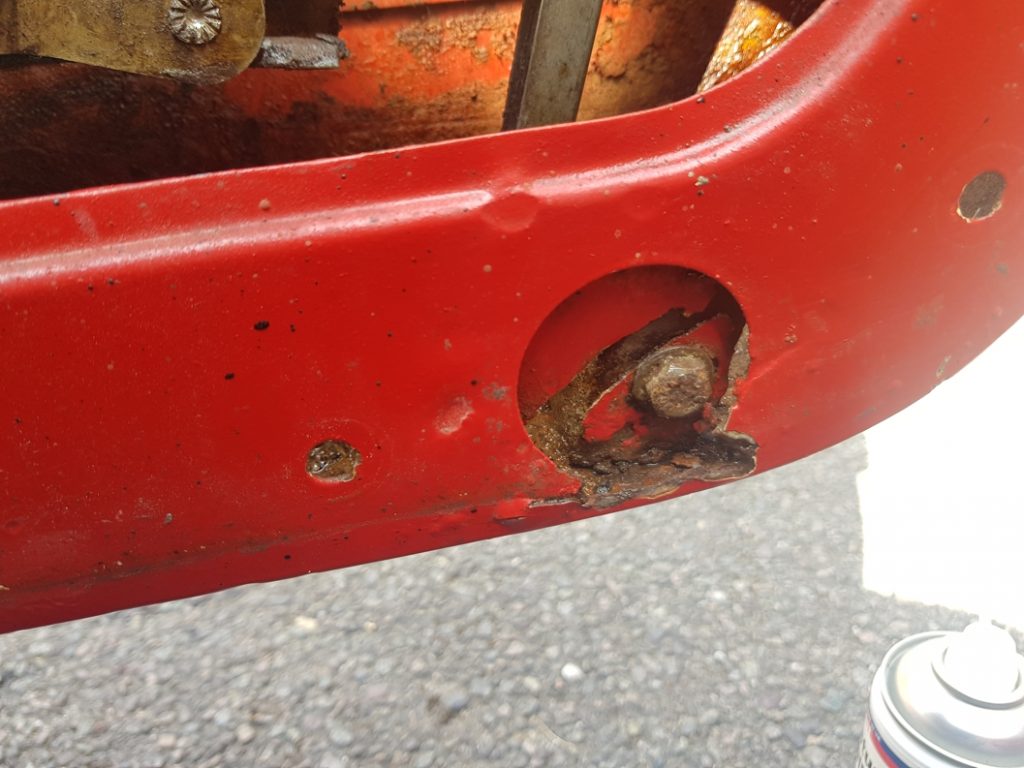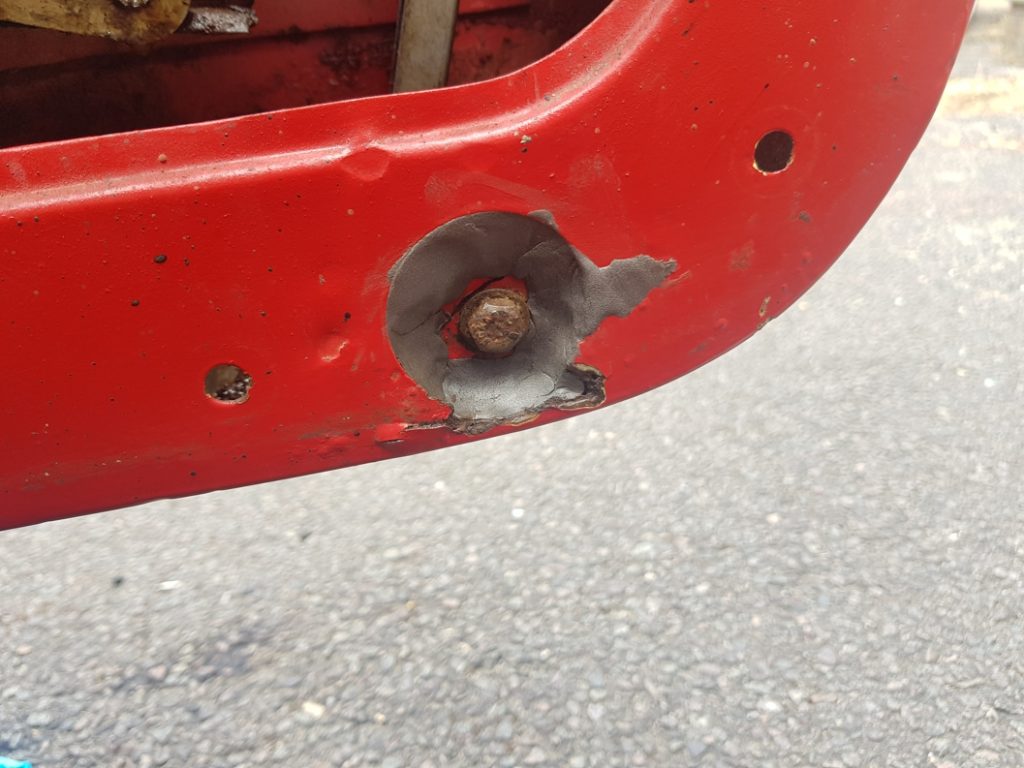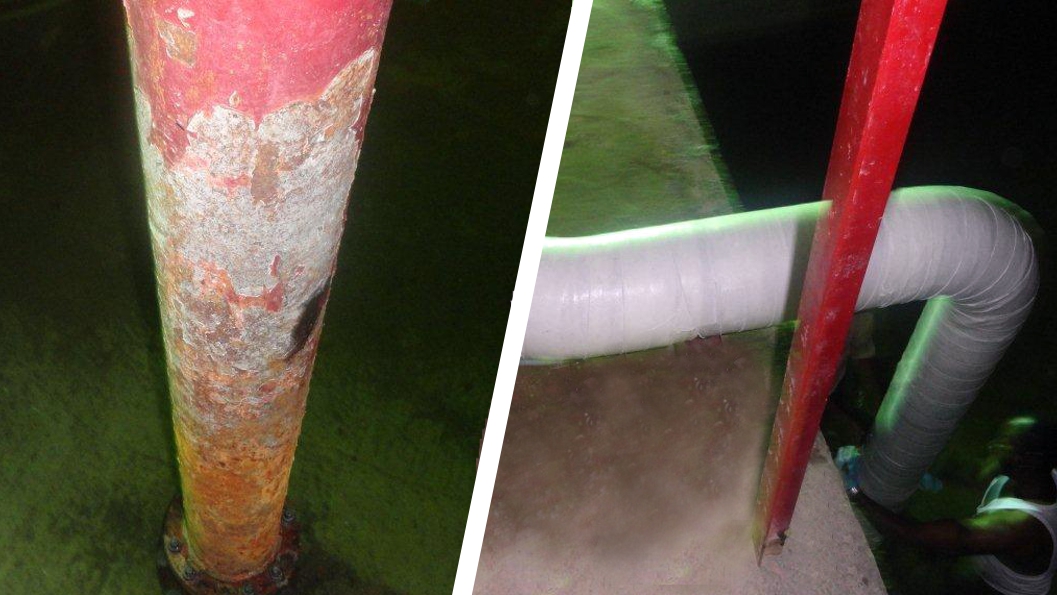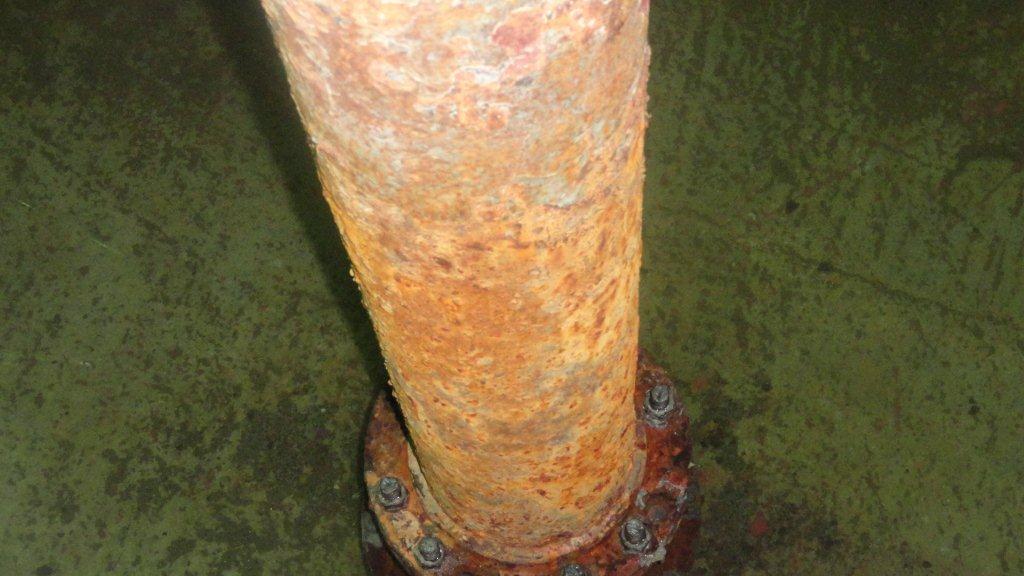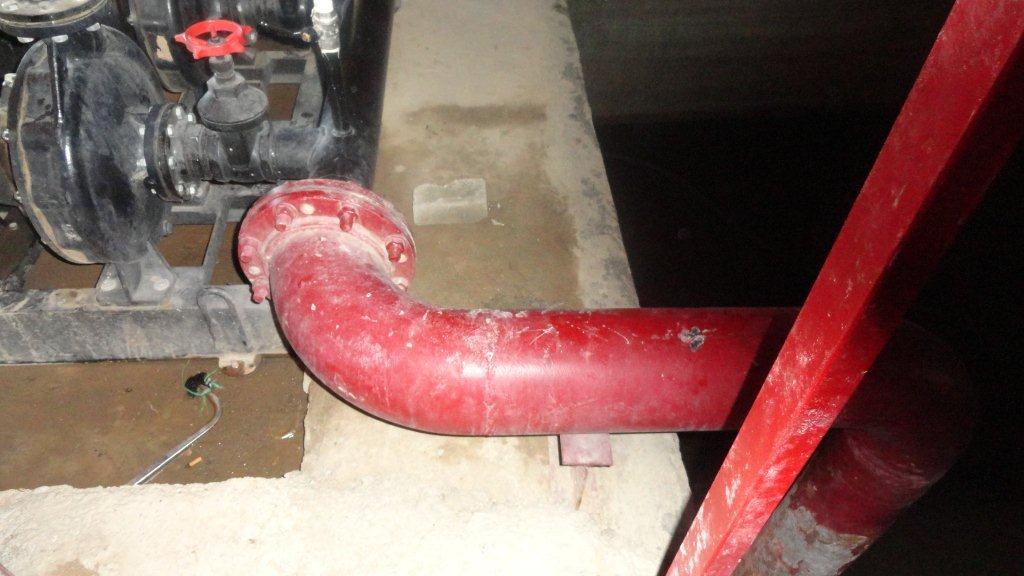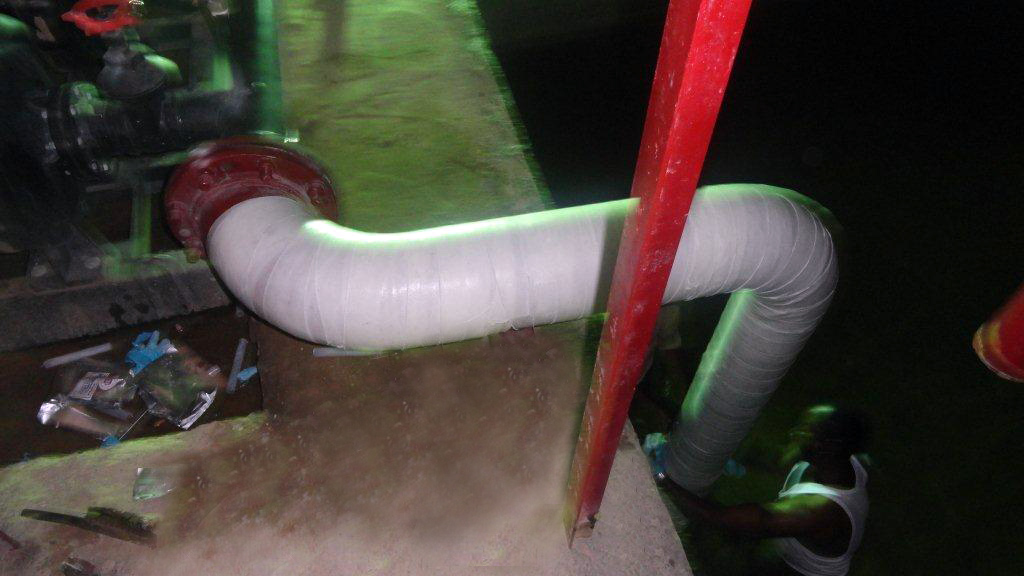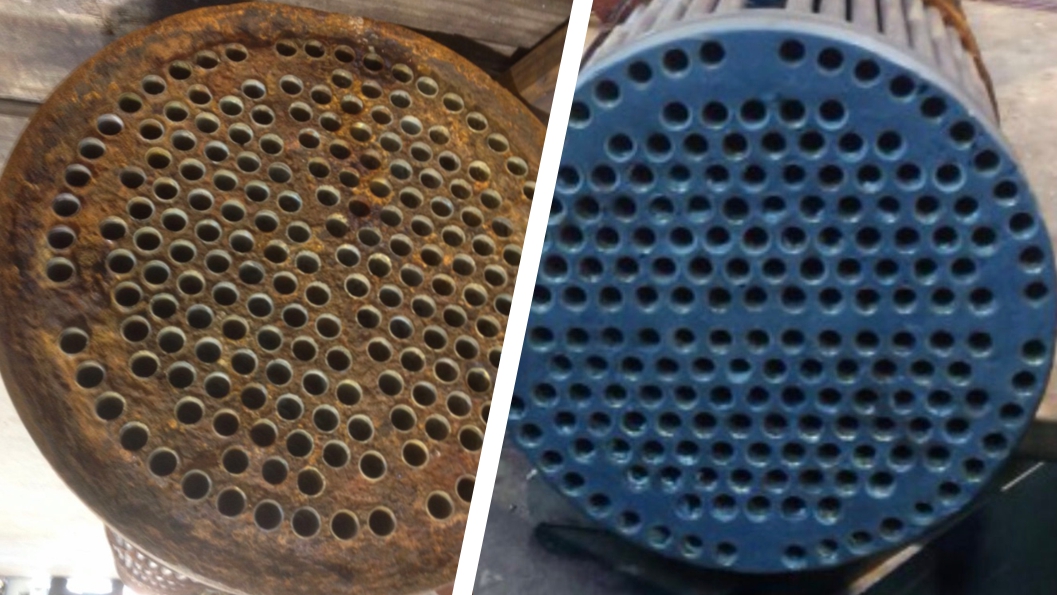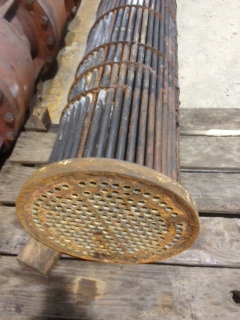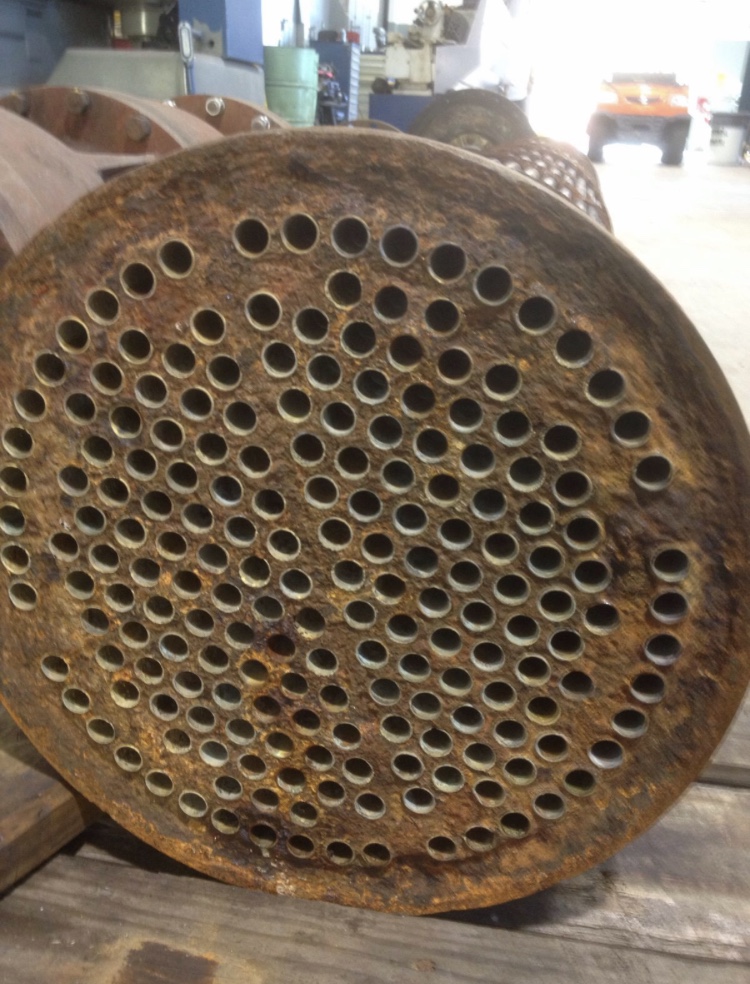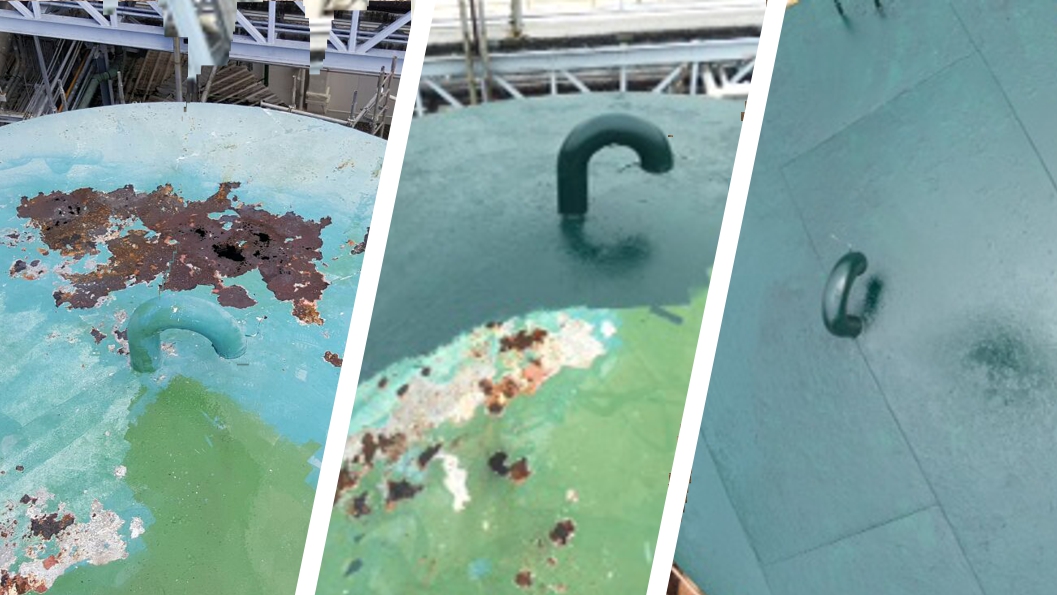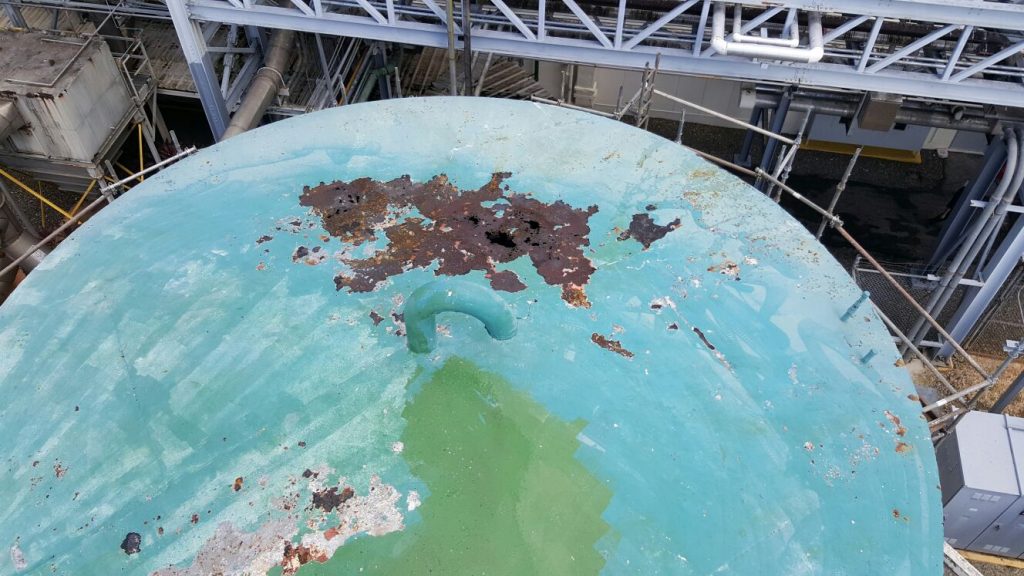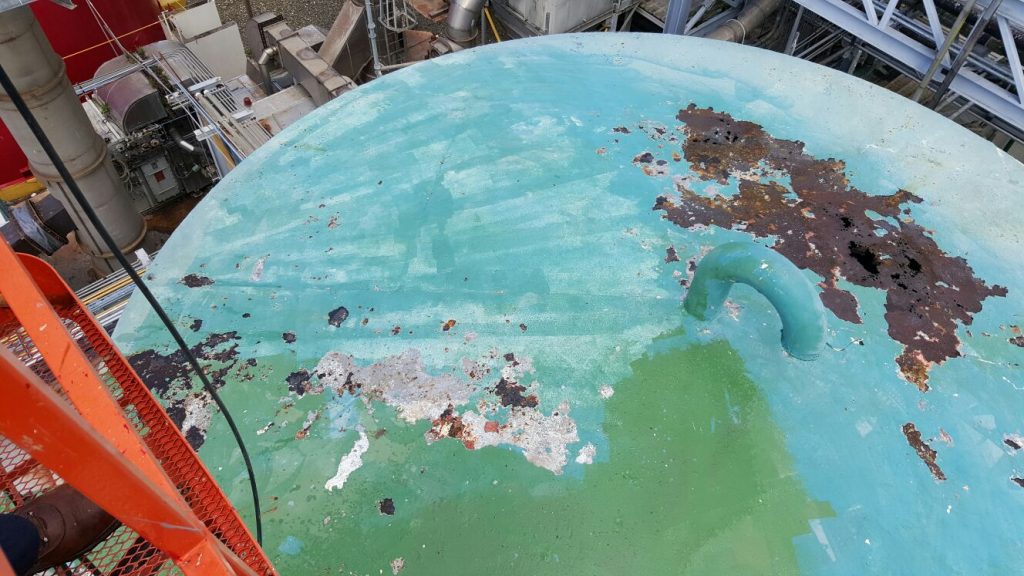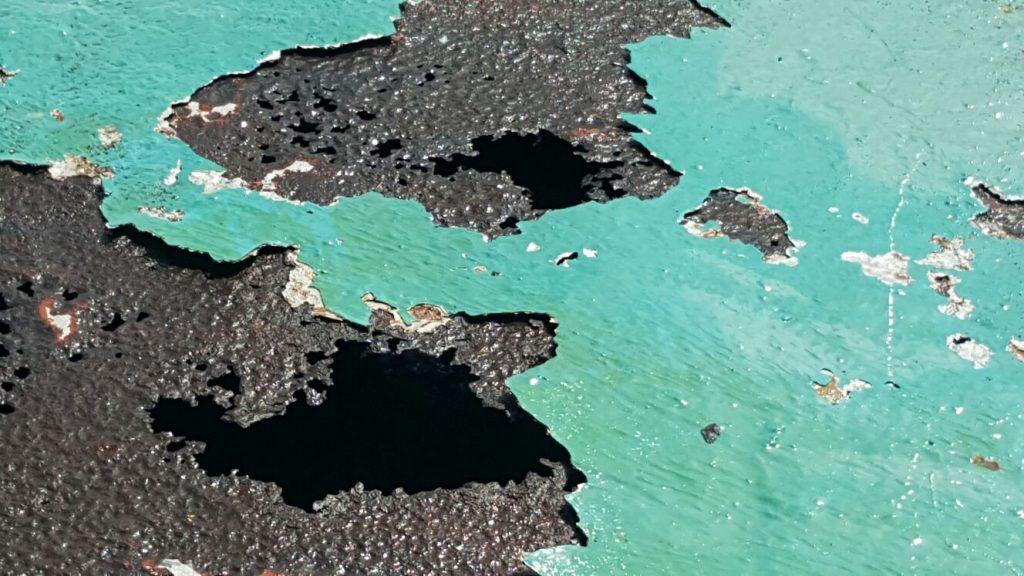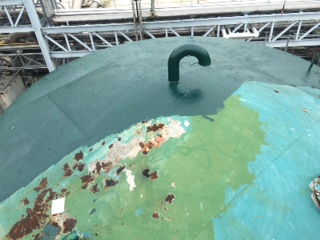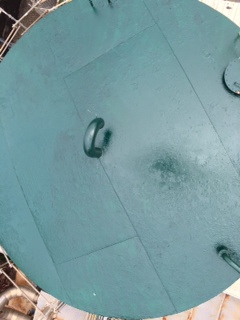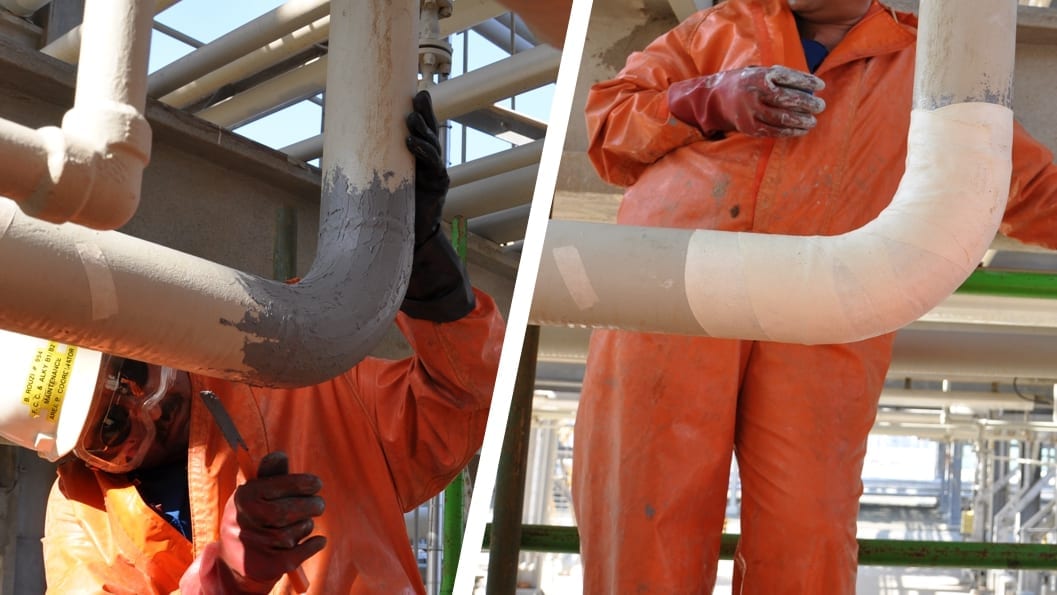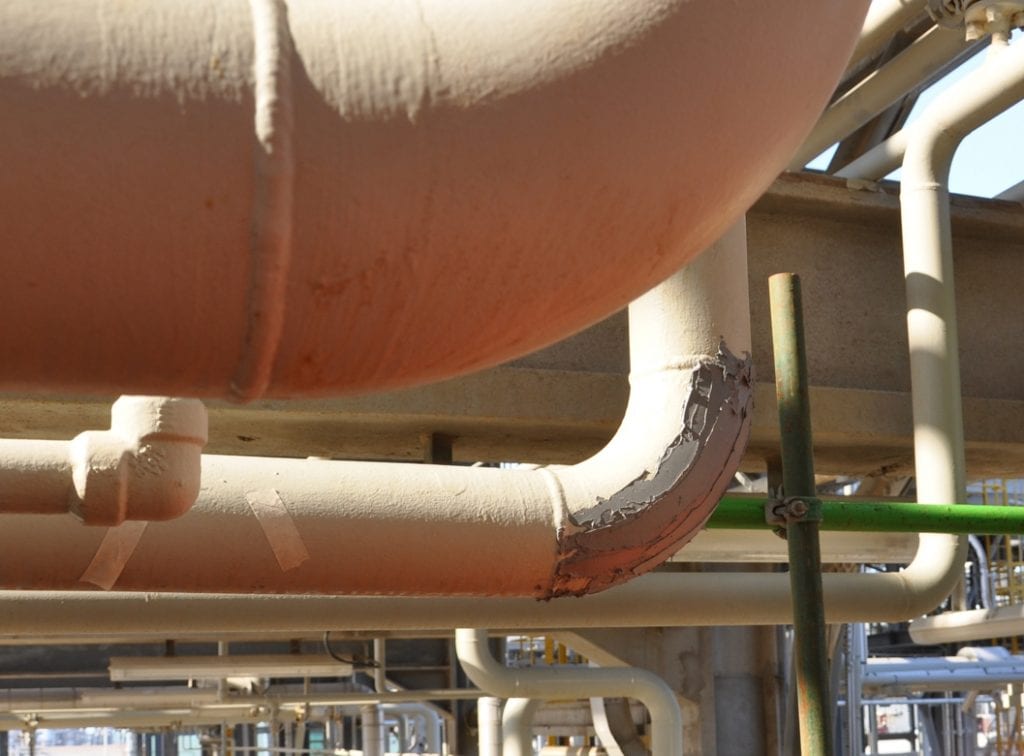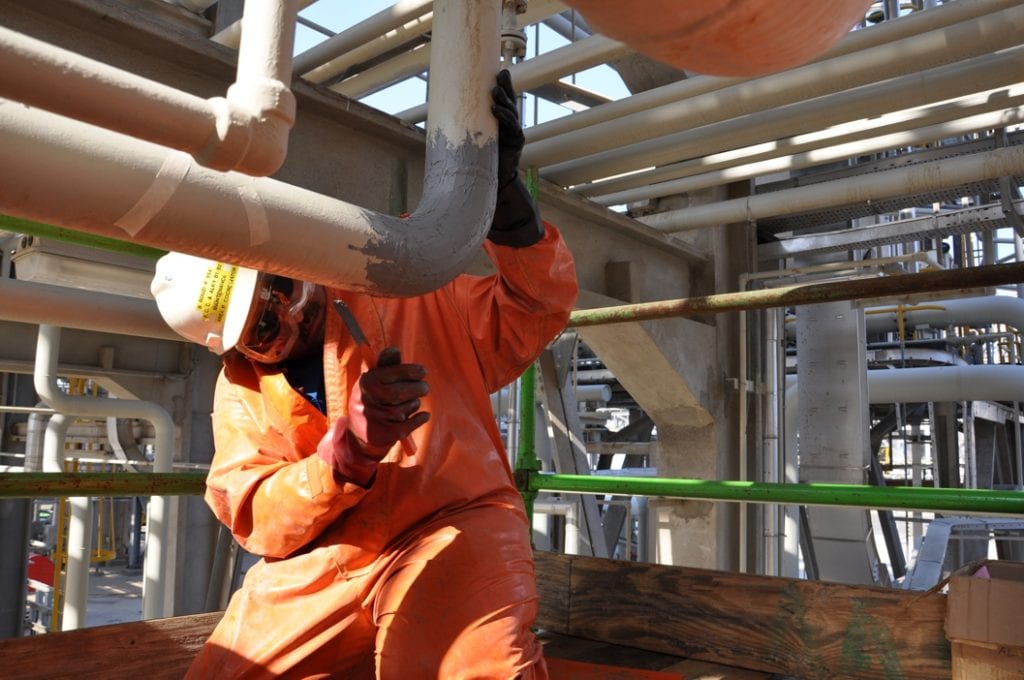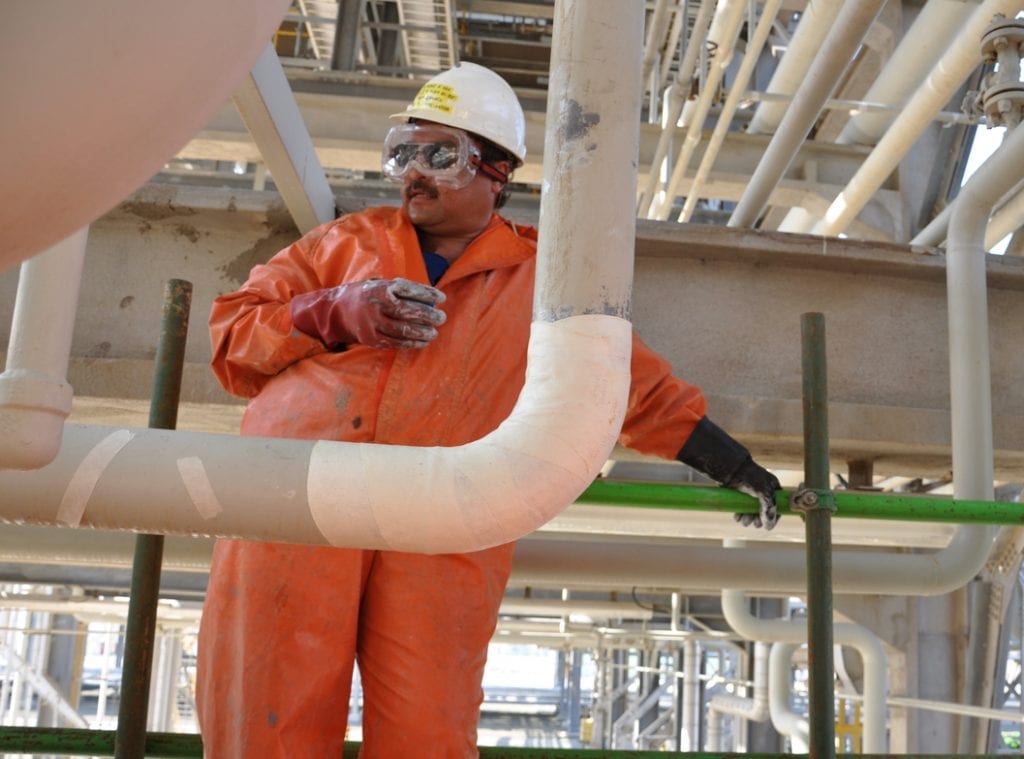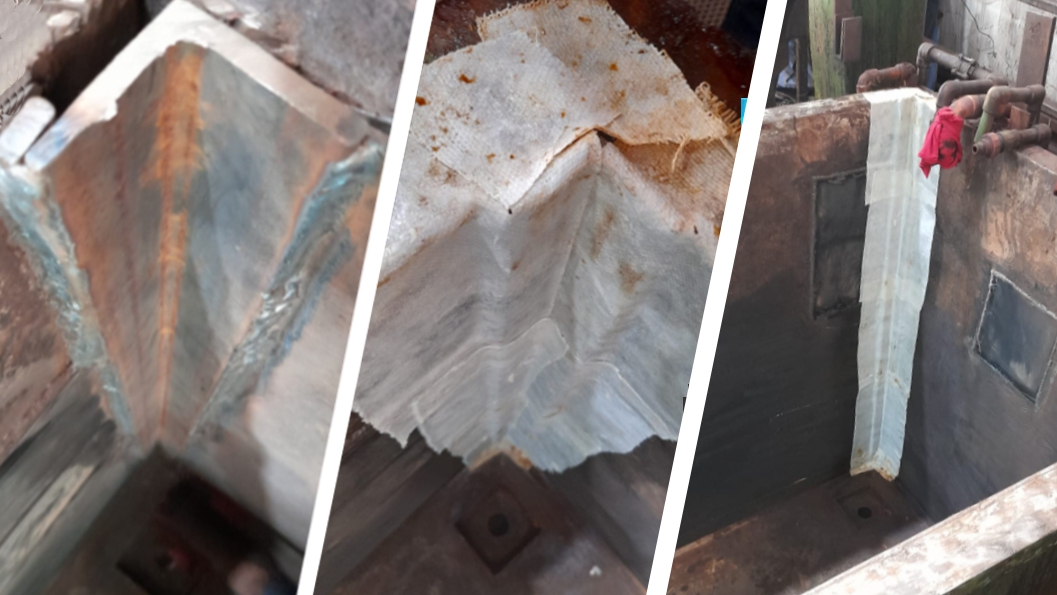
Preventing a chromic acid attack – SylWrap HD seals welded corners in a corroded tank repair
After new corners were welded in place during the repair and reinforcement of a badly corroded chromic acid tank at a factory in Argentina, SylWrap HD provided sealing security against any leaks in the welding.
Case Study Data
Site
Chroming factory
Location
Argentina
Repair Type
Tank repair
Defect
Reinforcement and sealing of corroded tank corners
Products Used
SylWrap HD Pipe Repair Bandage
Composite wrap used to encompass parts and structures which sets rock-hard for ultimate protection
Case Study PDF
Case Study Details
The iron tank was at a chroming factory in Argentina. It held chromic acid and was used during the re-chroming process of piston parts for oil extraction pumps. It was 10 metres long, 1.5 deep and 1.5 metres wide.
After a long time in service, the tank was suffering from corrosion. The damage was particularly heavy in the corners. The factory decided to repair the chromic acid tank, which involved installing welded reinforcements to each inside corner.
Not wanting to risk the possibility of there being leaks in the welding which could cause a future escape of chromic acid, the factory used SylWrap HD Pipe Repair Bandage to provide additional sealing security to the corners of the tank.
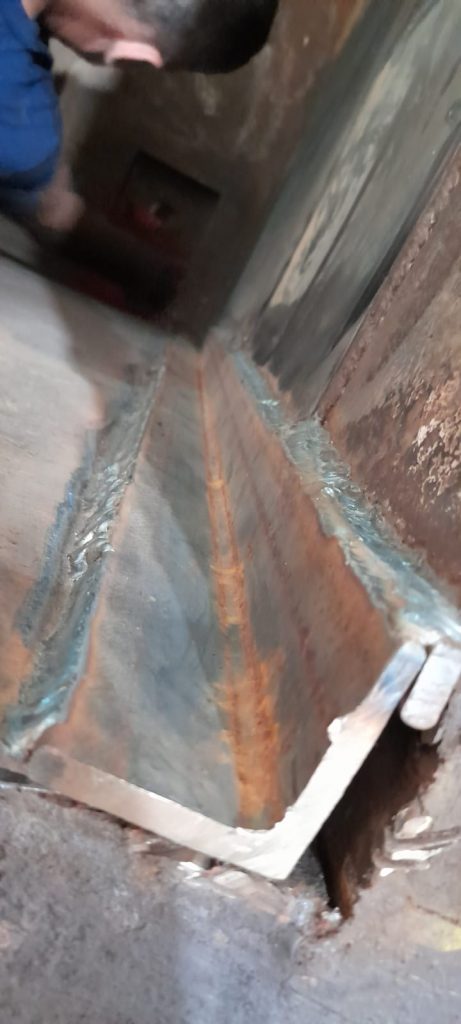

The normal method of application for SylWrap HD is to activate the resin, then wrap around the pipe or structure requiring repair whilst the bandage cures to form a rock hard material.
Wrapping was obviously not possible to the inside of the tank. Instead, the factory unwound their SylWrap HD and cut it into patches, making sure not to contaminate the bandage with dirt or grime.
These patches of SylWrap HD were then activated and smoothed as tightly as possible up the entire 1.5 metre length of the welded reinforcement, creating a watertight seal between the weld and the existing frame of the tank.
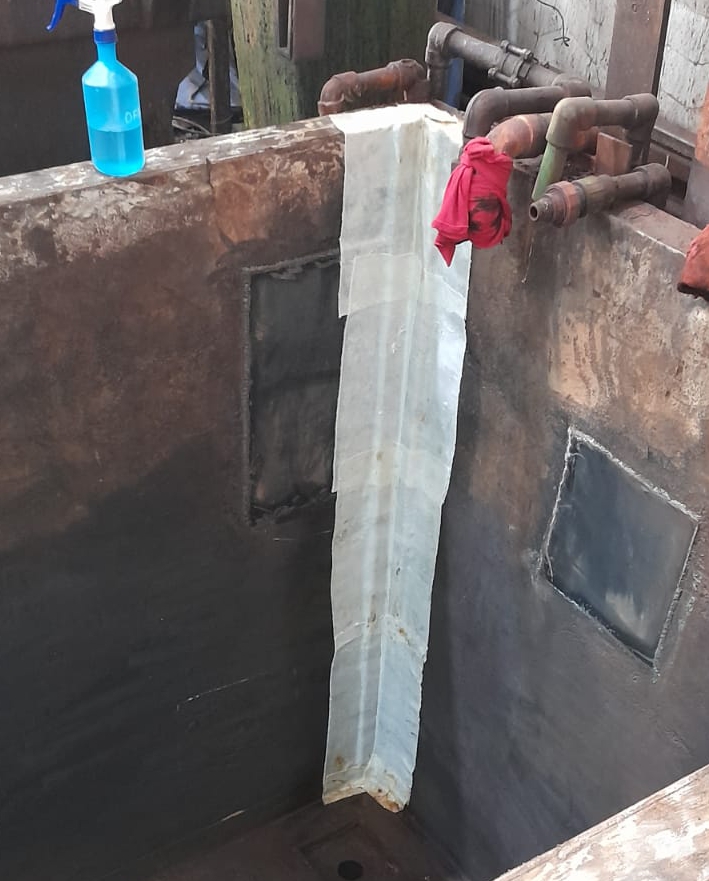
SylWrap HD was applied to all four corners of the tank in this way. Within 10 minutes of application, it had completely set to encompass each welded corner and cover any gaps or holes which may have otherwise been left exposed.
The final stage of the tank repair saw an acid-resistant PVC covering added. Whilst SylWrap HD offers good resistance against chemicals including sulphuric acid (which is a stronger concentration than chromic acid), this additional step was taken with the aim of further protecting the entire tank from future corrosion and attack.
If you have an application you would like to enquire about, then please get in touch
Call: +44 (0)1444 831 459
Email: sales@sylmasta.com

